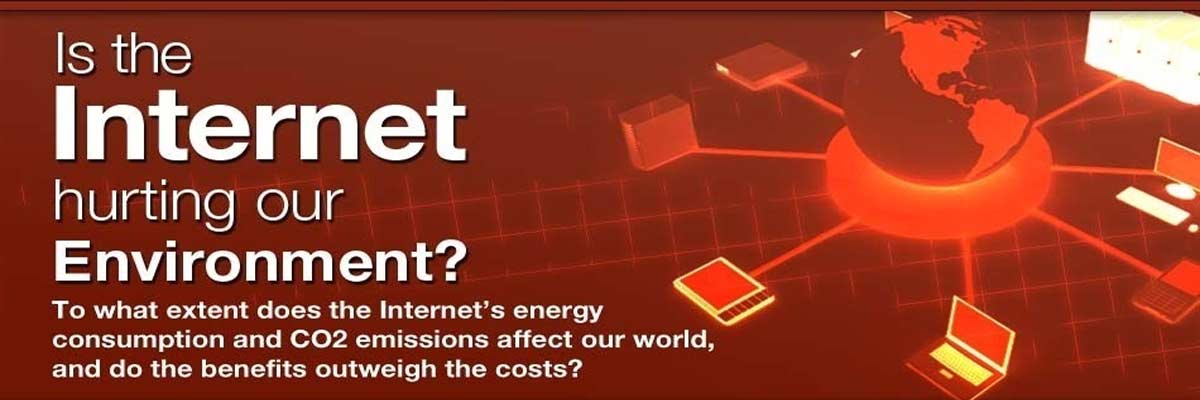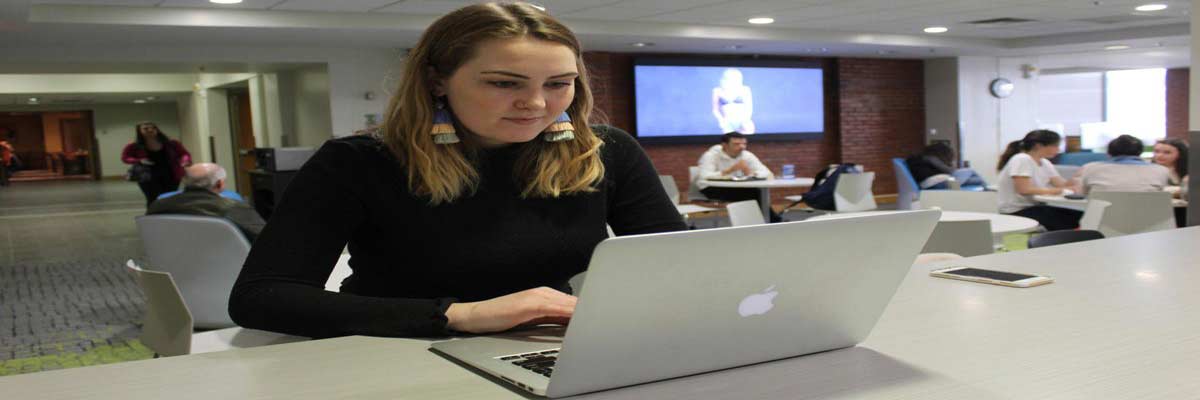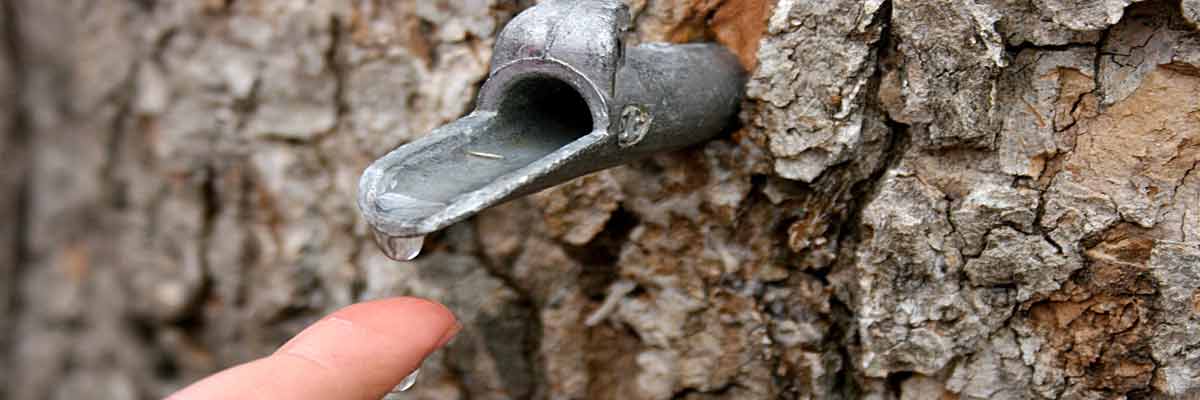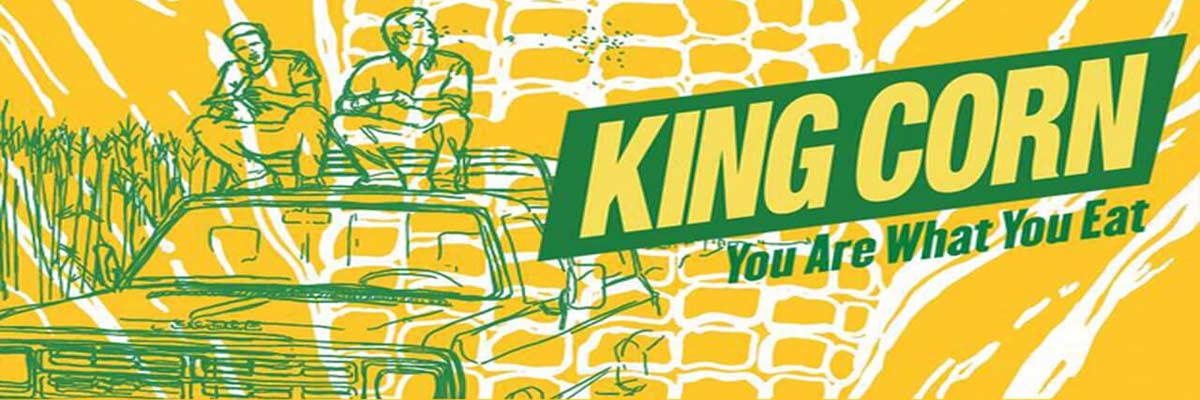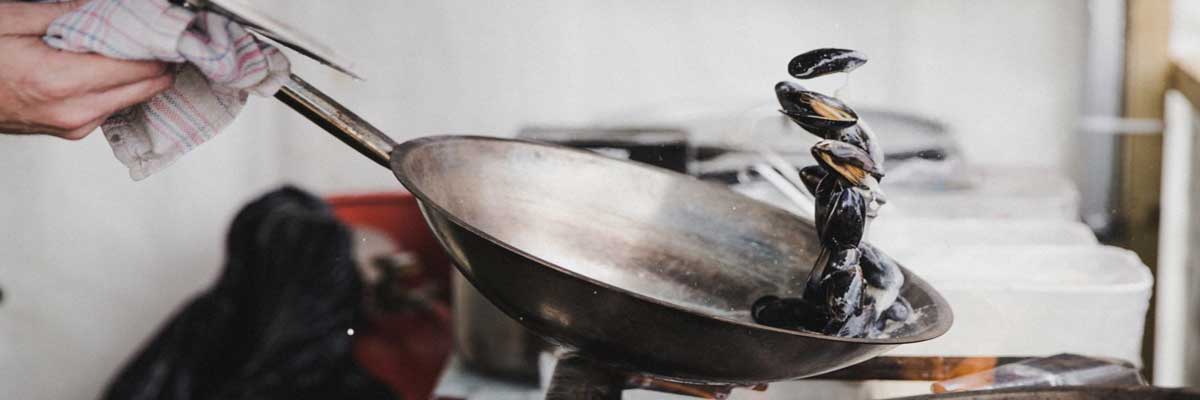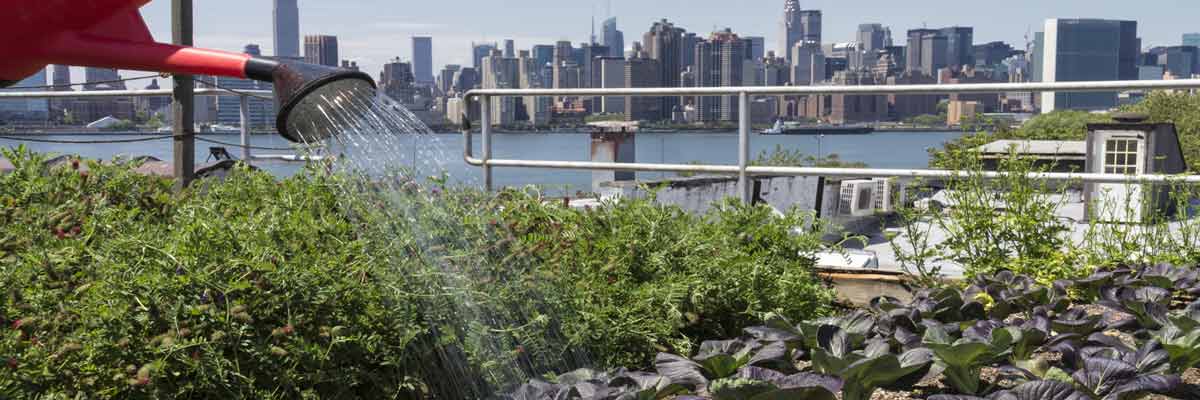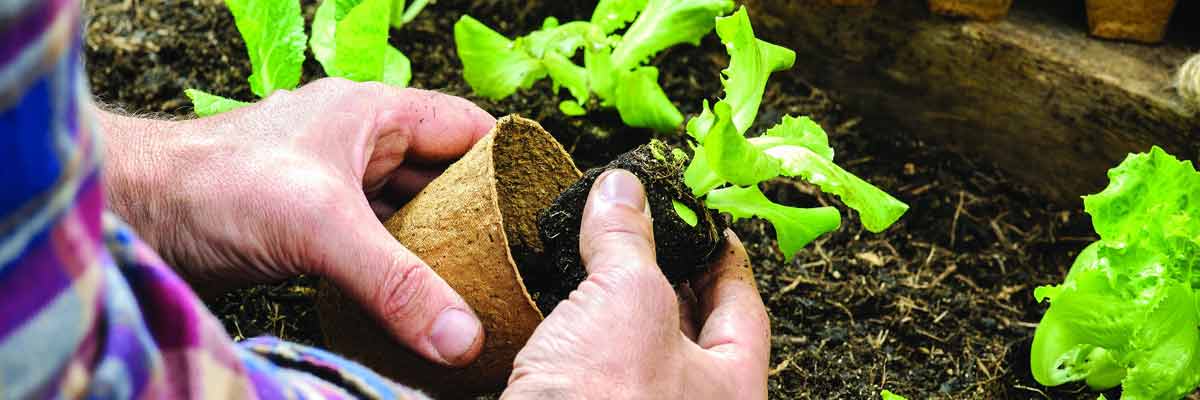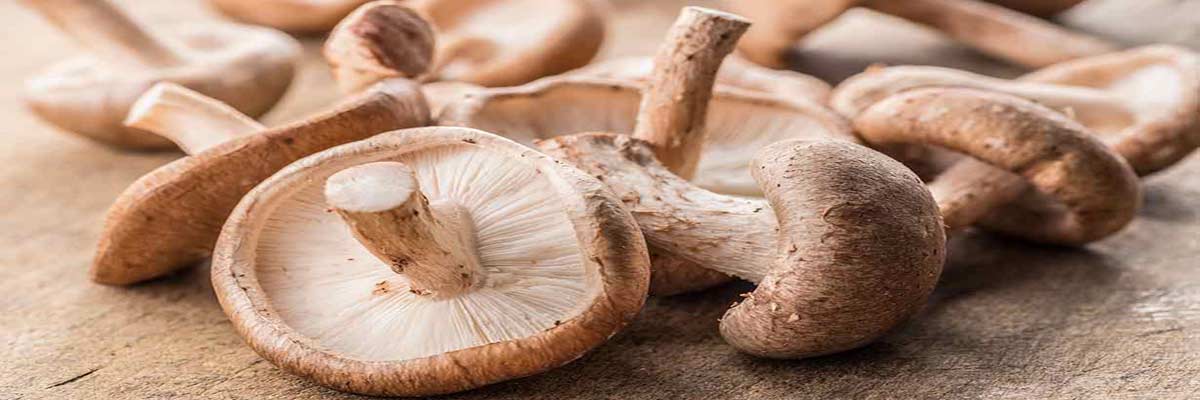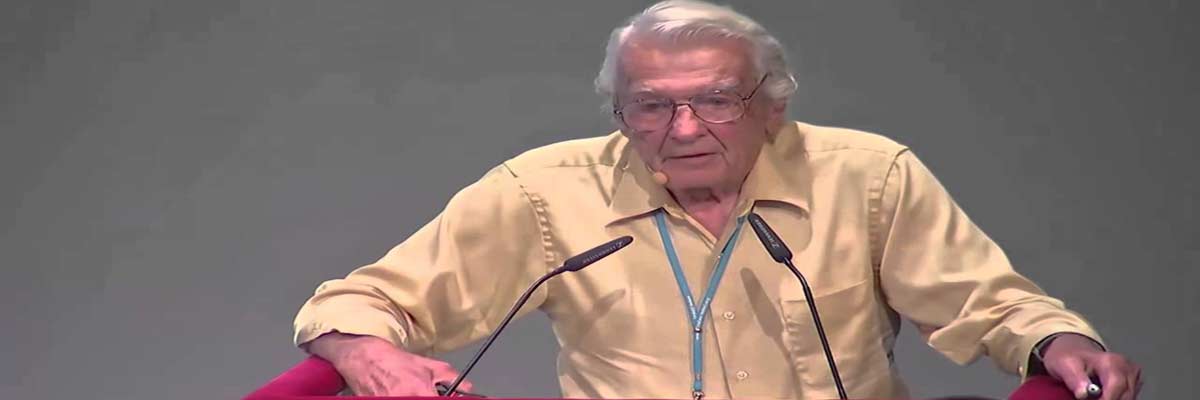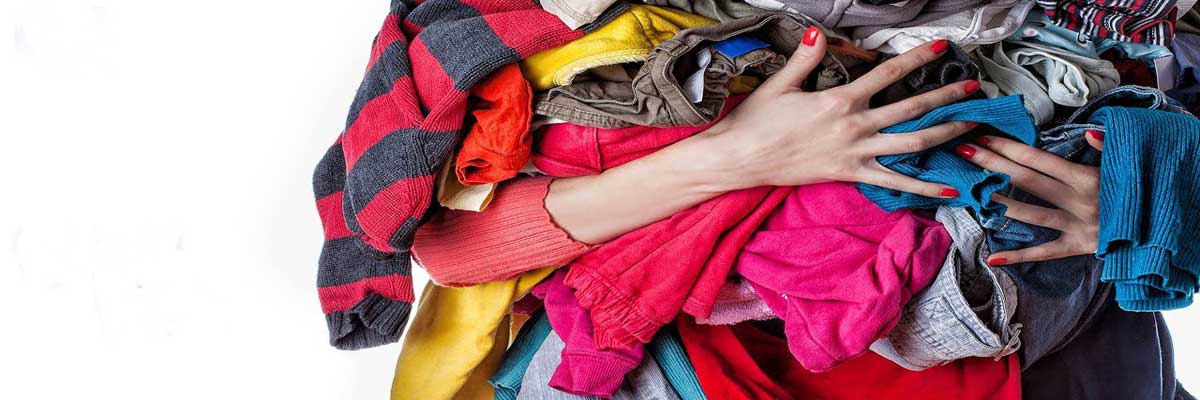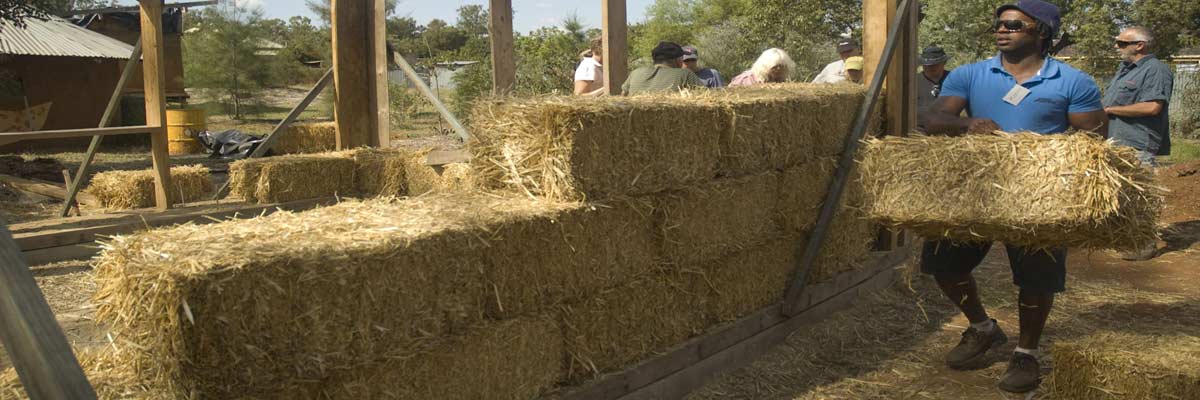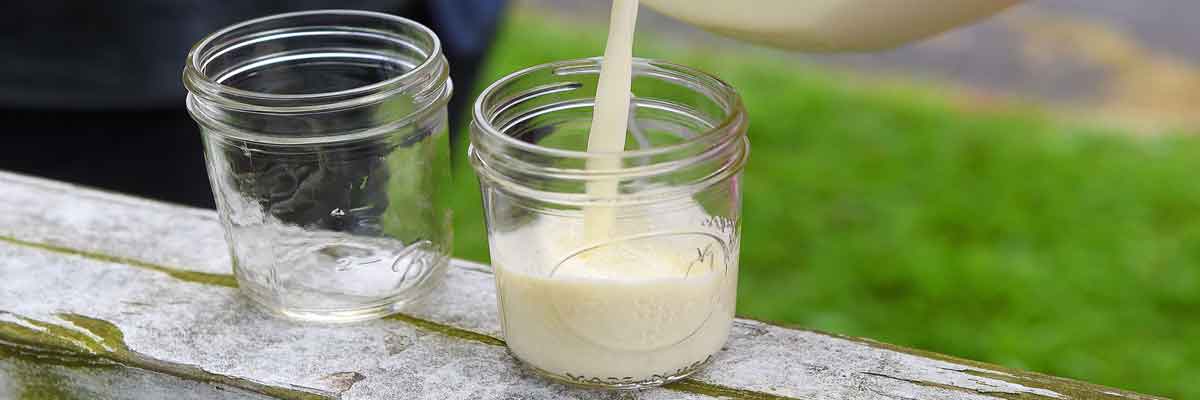Coming Next Week – College Bloggers
Students from SUNY-ESF will be taking over Groovy Green next week. Get the perspective of the future environmental leaders of America (and places beyond).
Come back and see us next week, starting Thursday 11/18/10 and see what they have to say.
Tapping Your Maple Trees – Start Preparing Now!
Do your children think that food comes from the supermarket or maybe the shop at the gas station? We all have opportunities to open that door to the past and learn to rely on nature to provide for our dietary needs. If we give her a chance, it is amazing how willing Mother Nature is to sustain our needs. One green (and fun) opportunity to utilize nature is to tap your maple trees to collect the sap. Now that is really tapping into Mother Nature!
I started tapping maple trees in my yard several years ago and constantly get questions about how to do this. The reality is that with the right equipment and a little direction, it is quite simple. The trick is to be prepared when the sap starts to flow (sometime in February or March depending upon weather conditions).
King Corn – Now Available via iTunes
The kind gentleman promoting King Corn (now out on DVD and iTunes) gave Groovy Green a complementary download of the movie via iTunes to review. I hadn’t seen the movie yet so it was a good opportunity to view the film and to try out watching a video via downloading.
First of all, downloading the film was fast and easy. I had iTunes downloading in the background while I caught up on my RSS feed, and was surprised by the speed in which the nearly 1 GB file was transferred. (For tech savvy readers: I have a high-speed cable connection, and run OS X 10.4.11 on a MacBook 1.83 GHz Core 2 Duo with 2 GB RAM). iTunes provides a quick and easy way to watch a movie. I think that this would be especially worth it on a long flight or trip. However I think that that is about the only way that it beats owning the actual DVD. There is no (legitimate) way to burn a iTunes download to a DVD to watch on your TV. Bummer. The $14.99 iTunes price did beat out the lowest DVD price that I could find at $17.99. One last benefit of downloading rather than purchasing the DVD is that is a much “greener” option. No energy or materials used to produce the media, nor fuel or effort to ship it. I imagine the trend will continue until DVD’s are things of the past.
Enough about iTunes movies, what did I think about the flick? I liked it. For those of you unfamiliar with the movie, here’s the summary:
Monsanto, How Evil Are Thee? Let me Count The Ways
Vanity Fair has a great article on their site featuring one of our favorite corporate villains, Monsanto. It is truly astounding the amount of evil doing that this one company can engage in.
From a business standpoint Monsanto certainly has the right to patent their genetically modified seeds, and profit and protect their profits with litigation from their business developments. But they do not have the right to give us products that suck. Their products suck. They spread all over the countryside. They don’t stay contained. In short, they act like plants. (Amazing, I know)
Monsanto as a company lies, incredibly, about what they are doing. They bribe officials around the world and they seem to treat the world as their toilet. That’s not right for the rest of us.
Cutting Down on Cooking Costs: Green SAHM’s Got Some Tips
Green SAHM is one of my favorite blogs in my RSS reader. Her latest post is on saving energy when cooking. Tips vary from keeping a lid on the pot on the stove, to analysis of energy costs of different cooking methods (microwave, electric oven, gas oven, slow cooker. Definitely worth a look!
From How to Use Less Energy While Cooking
Growing Power-An Urban Agriculture and Education Center
A few friends of mine from the fledgling Sustainability NPO we recently founded, Sustain Jefferson, spent a few incredible hours touring Growing Power this past Monday. Growing Power is a non-profit Urban Agriculture and Education facility in Milwaukee, WI that claims to grow enough food for 2000 people on 2 acres. With a claim like that I was drawn like a moth to flame. Their website offered some clues to their system-vermiculture, aquaculture, and several greenhouses. The actual tour filled in many of the details and inspired me in a way that I haven’t experienced since I was originally introduced to Permaculture and Bill Mollison several years ago.
What excited me most about Permaculture was the sheer common sense of it all. Taking wastes and turning them into resources is not something we typically think of today. Just as Forests have no waste products, Permaculture strives to promote such perfect systems in human endeavors whether it be designing a garden or linking businesses together via Natural Capitalism. Using the waste of built systems to add energy to another allows you to drastically reduce your time and energy taking care of problems and reap the benefits of one integrated system working in concert is something that continues to fascinate me Aquaponics, especially in the uber simple system that Will Allen of Growing Power sets up, fits the bill perfectly.
300 Organic Gardening Tips
If you are just getting started with organic gardening perhaps you should look over these tips to help you get started.
Some of my favorites include:
Mulch your flower beds and trees with 3″ of organic material – it conserves water, adds humus and nutrients, and discourages weeds. It gives your beds a nice, finished appearance. (mulching is sooo important)
Think “biodiversity”. Using many different kinds of plants encourage many different kinds of beneficial insects to take up residence in your yard.
To deter deer from grazing in your landscape, try placing strongly scented bar soap, or human hair, around your plants. The hair can be “recycled” from a salon or barber shop. (this doesn’t work for Iowa deer, but maybe others)
Piping in your world
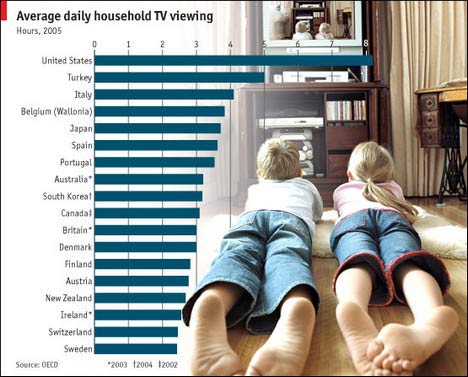
American’s average 8 hours a day of TV time per household. A DAY!!
Folks, it’s time to get outside. Turn it off and go for a walk. Play with the dog. Play with the kids. Start a garden. Have a catch. Whatever, just go enjoy your world.
I don’t think when you are 80 and looking back on your life you’ll wish you had spent more time watching TV.
71% Think Global Warming Has Nothing to do With Man’s Actions
And they aren’t blaming women either. Pocket Issue and AOL have issued a press release that shows the results of 4000 people polled with almost 3 out of 4 believing that human actions aren’t causing global warming, with 65% going further to agree with the notion that scientific findings on this issue are “far fetched.” What strikes me as odd is how people all over the radio are claiming this as proof that global warming just isn’t our fault. “If that many people believe it isn’t true, then it must not be true,” goes the logic in resposne to a statement by the Intergovernmental Panel on Climate Change that says global warming is,
very likely due to the observed increase of anthropogenic [man-made] greenhouse gas concentrations.
Very likely, they later clarify means 90% sure. But this recent poll doesn’t surprise me. Least I forget,
How To Grow Shitake Mushrooms
Anyone who’s been to a gardening class or a permaculture class about how to produce more food from home has heard the question, “What can I grow in the shade?” Shaded areas, especially deeply shaded areas of the yard, are not especially conducive to growing fruits and vegetables. Those plants like sunlight. So what is a Victory Gardener to do? One answer is mushrooms.
At this point I’d like to share my status as a novice concerning mushroom cultivation. This is my first attempt at growing fungi for personal consumption so feel free to learn with me but please don’t label me an expert. I’m just figuring this out as I go and sharing the experience. I’m following the directions of the Mushroom People of Summertown, TN. I’m going to grow Shitakes and you’re welcome to follow along.
After receive my inoculation plugs in the mail, my brother and I thinned several trees from a family member’s property.
Nobel Laureates Speak Out on Global Warming!
I just read an interesting article in the San Francisco Chronicle. Six Nobel Laureates spoke recently at UC Berkeley on the ways and means of battling global warming. The general consensus is that with all the technology our fight against global warming is futile if we the people aren’t doing our part:
”Science is not the problem,” said Donald Glaser, a UC Berkeley physics professor who won the Nobel Prize in 1960. “We can certainly build fuel-efficient cars. (But) year after year, Congress has refused to improve the mileage requirements for automobiles. We have to get together as a democracy and get our government to make changes.”
I think this notion can apply to other things as well. I have since changed out all the light bulbs in my home to cfl’s. All my appliances are energy star-rated, and I’m saving up to change my toilets to dual-flush. All in an effort to conserve and try to do my part . This article reassured me that even the little things we do make a difference, and collectively we can have a huge impact!
Slow Clothing
In conversations about social justice, energy, and our environment clothing doesn’t get a lot of attention. This is in part because individually, clothing items don’t carry that big an embodied energy cost. Another reason is that shirts aren’t as spectacular as cars, or houses or even dinner. It is also kind of a girl thing – although male clothing is just as expensive, men, on average, shop less often and buy less when they do. Women tend to buy the household’s clothing as well as their own, and to engage in recreational clothing shopping. Clothing the household has been women’s work from time immemorial. And because the clothes we wear are tied intimately into how we feel about ourselves, and how others view us, clothing as a subject is somewhat fraught.
And yet, I think there are a number of really good reasons to find and learn ways to make clothing, to prioritize homemade, or locally made clothing (including learning to find it beautiful), and perhaps to create a “Slow Clothing” movement rather like the ”Slow Food” movement currently picking up speed. Maybe it’s as simple as creating a campaign in which each of us would have at least one daily wearable outfit that we’ve made ourselves.
DIY :: Strawbale Coldframe
I recently overheard Albert Bates of The Farm make mention of using strawbale walls in greenhouses. Typically strawbale construction treats the straw walls with a lime and clay plaster to create a breathable, weather and bug resistant barrier. If not the bales rot. However when the bales begin to breakdown the process gives off heat. Mr. Bates leaves the strawbale greenhouse walls untreated so that they will decompose over the winter and give off heat to keep the plants warm. The following spring the partially decomposed walls are used to mulch the garden. I scaled down the idea a bit and built myself a strawbale cold frame. Here’s how to do it.
Did Anyone Else Miss The Creation Of A New Ocean?
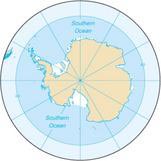 First Pluto gets demoted, and now I find out that a new ocean was created back in 2000. Who else missed this? Sure, Pluto gets tons of newspaper coverage, but nodoby even bothered to make a big deal that portions of the Atlantic, Pacific, and Indian were combined to create the Southern Ocean back in 2000.
First Pluto gets demoted, and now I find out that a new ocean was created back in 2000. Who else missed this? Sure, Pluto gets tons of newspaper coverage, but nodoby even bothered to make a big deal that portions of the Atlantic, Pacific, and Indian were combined to create the Southern Ocean back in 2000.
“The Southern Ocean extends from the coast of Antarctica north to 60 degrees south latitude. The Southern Ocean is now the fourth largest of the world’s five oceans (after the Pacific Ocean, Atlantic Ocean, and Indian Ocean, but larger than the Arctic Ocean).”
Let’s hope this particular ocean stays in the fourth position and doesn’t creep up due to melting icecaps and disappearing sea ice. The sea temperature of the Southern Ocean varies from -2°C to 10°C (28°F to 50°F). It’s home to the world’s largest ocean current, the Antarctic Circumpolar Current that moves east and transports 100 times the flow of all the world’s rivers.
Anyways, there’s your new fact for the day. There are now five oceans.
Amish Busted Over Raw Milk
A recent article on the illegality of selling raw milk caught my eye.
“Arlie Stutzman was busted in a rare sting when an undercover agent bought raw milk from the Amish dairy farmer in an unlabeled container.”
On the surface it would seem that the government agency responsible for this sting has way too much time on its hands. Further investigation into unpasteurized milk reveals that it can carry harmful bacteria. It is also true however that the pasteurization of milk does has negative effects that are seldom discussed in the press.
The pasteurization of milk:
- Can be used as an excuse to sell low quality milk
- Can be used to cover up unhealthy milk production practices
- Destroys beneficial bacteria
- Reduces the nutritional value of milk
- Reduces the vitamin content of milk
- Destroys valuable enzymes
- Provides an excuse for harmful animal husbandry practices
- Diminishes the taste of the milk
- Provides a false sense of security in this fallible practice
